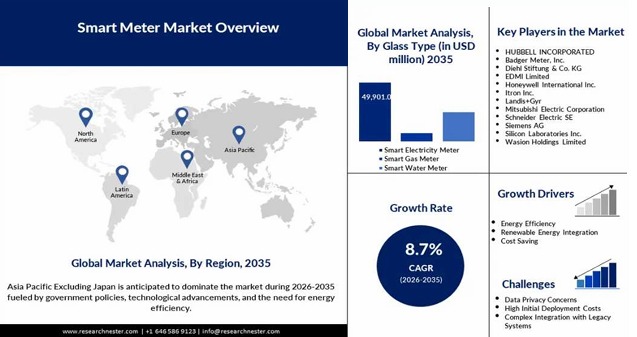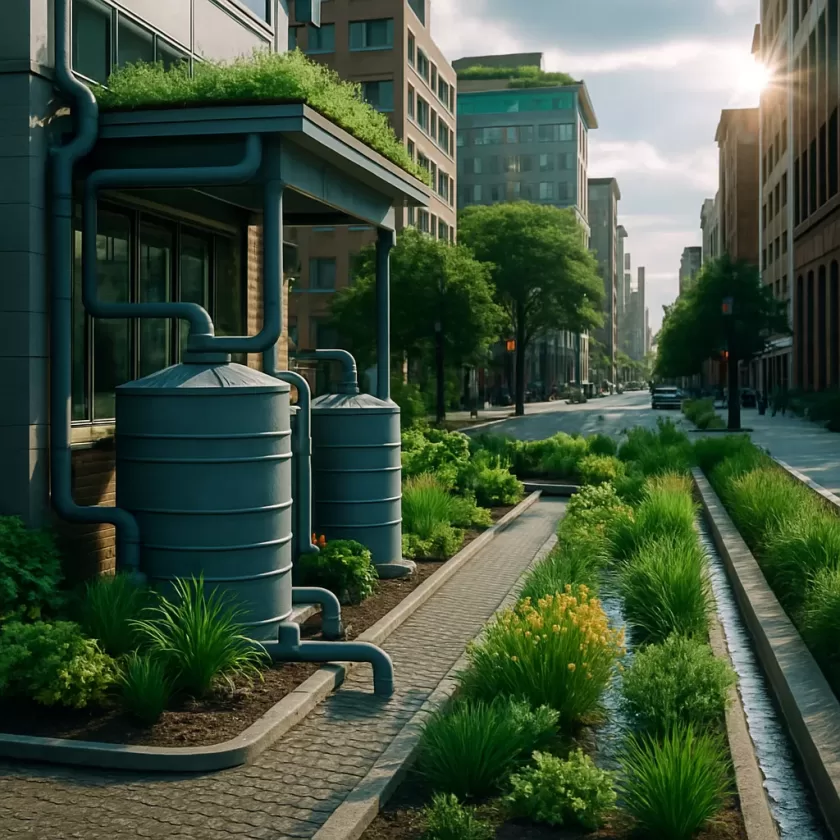Graphene-Based Water Filters: Advancements and Applications
Graphene, a single layer of carbon atoms arranged in a hexagonal lattice, has emerged as a transformative material in water filtration technology. Its exceptional properties—high surface area, mechanical strength, and chemical stability—enable the development of filters capable of removing a wide array of contaminants, including heavy metals, organic pollutants, and pathogens.
Mechanisms of Filtration
Graphene-based filters operate through several mechanisms:
- Size Exclusion: The interlayer spacing in graphene oxide membranes can be precisely controlled to sieve ions and molecules based on size. By adjusting this spacing, membranes can achieve up to 97% rejection of sodium chloride (NaCl), effectively desalinating water. ([1])
- Adsorption: Functionalized graphene surfaces exhibit high affinity for heavy metals and organic contaminants. For instance, graphene oxide foams have demonstrated the ability to capture uranium ions from water, reducing concentrations from 3 parts per million to 19.9 parts per billion. ([2])
- Electrochemical Disinfection: Graphene sponge electrodes can inactivate bacteria like Escherichia coli through electroporation, achieving complete inactivation without producing harmful byproducts such as chlorine. ([3])
Performance Metrics
Graphene-based filters exhibit impressive performance metrics:
- Heavy Metal Removal: Functionalized graphene filters can remove over 99% of heavy metals like lead and arsenic from water. ([4])
- Organic Contaminant Adsorption: These filters effectively adsorb pesticides and pharmaceutical residues, ensuring the removal of a broad spectrum of organic pollutants. ([5])
- Water Flux: Graphene membranes offer water flux rates substantially higher than conventional ultrafiltration membranes, balancing high throughput with purification quality. ([6])
Regeneration and Reusability
The reusability of graphene-based filters enhances their sustainability. For example, graphene oxide foams used for uranium removal can be regenerated up to seven times without significant loss of efficiency. ([7]) Similarly, graphene-based filters designed for heavy metal adsorption can be regenerated using hot water or vinegar, maintaining effectiveness over multiple cycles. ([8])
Scalability and Commercialization
Scaling up graphene filtration technology presents challenges, particularly in manufacturing processes. Researchers are exploring roll-to-roll manufacturing methods to produce graphene membranes cost-effectively. ([9]) Additionally, integrating graphene filters into existing water treatment infrastructures is under investigation to facilitate widespread adoption. ([10])
Environmental and Economic Implications
Graphene-based filters require significantly less energy for operation compared to pressure-driven systems like reverse osmosis, thereby reducing carbon footprints associated with water treatment. ([11]) The membranes are also designed to be recyclable, with protocols for safe regeneration of filtration capabilities using mild chemical treatments. ([12])
Future Prospects
Ongoing research focuses on enhancing the selectivity and efficiency of graphene-based filters, as well as developing cost-effective manufacturing processes. The potential for integrating these filters into smart water management systems offers exciting avenues for innovation. ([13])
Graphene-based water filters represent a significant advancement in water purification technology, offering efficient, sustainable, and versatile solutions to address global water quality challenges.
Bibliography
[1] – https://arxiv.org/abs/1701.05519
[2,7] – https://news.mit.edu/2021/graphene-foam-filter-toxins-from-water-0804
[3] – https://arxiv.org/abs/2111.05252
[4,5,6,11,12] – https://scienmag.com/graphene-filters-revolutionize-customized-drinking-water-purification/
[8] – https://pubs.acs.org/doi/10.1021/acsestwater.3c00010
[9] – https://www.waterworld.com/home/article/16201110/scaling-up-graphene-water-filtration-technology
[10] – https://graphene-flagship.eu/materials/news/overcoming-the-challenges-of-water-filtration-with-graphene-and-layered-materials
[13] – https://www.verifiedmarketreports.com/product/graphene-water-filter-market/





